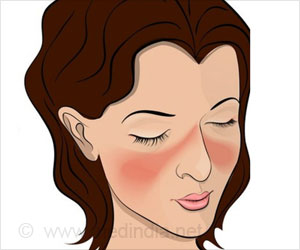The longevity diet is an evolutionary diet pattern that recommends limiting food consumption to 12 hours per day and several short fasting periods every year.

‘By adopting a multi-system approach based on over a century of research, researchers define a longevity diet as that one represents a solid foundation for nutritional recommendation and future research.’





What and When to Eat for Longevity?
The analysis included popular diets such as the restriction of total calories, the high-fat and low-carbohydrate ketogenic diet, vegetarian and vegan diets, and the Mediterranean diet.It also included a review of different forms of fasting, including a short-term diet that mimics the body’s fasting response, intermittent fasting (frequent and short-term), and periodic fasting (two or more days of fasting or fasting-mimicking diets more than twice a month).
In addition to examining lifespan data from epidemiological studies, the team linked these studies to specific dietary factors affecting several longevity-regulating genetic pathways shared by animals and humans that also affect markers for disease risk.
Later, they reported that the key characteristics of the optimal diet appear to be moderate to high carbohydrate intake from non-refined sources, low but sufficient protein from largely plant-based sources, and enough plant-based fats to provide about 30 percent of energy needs.
Ideally, the day’s meals would all occur within a window of 11 to 12 hours, allowing for a daily period of fasting, and a 5-day cycle of a fasting or fasting-mimicking diet every 3 to 4 months may also help reduce insulin resistance, blood pressure and other risk factors for individuals with increased disease risks.
Advertisement
What’s Next for the Longevity Diet
The next step in researching the longevity diet will be a 500-person study taking place in southern Italy. The longevity diet bears both similarities and differences to the Mediterranean-style diets often seen in super-aging “Blue Zones,” including Sardinia, Italy; Okinawa, Japan; and Loma Linda, California.Common diets in these communities known for a high number of people aged 100 or older are often largely plant-based or pescatarian and are relatively low in protein.
Advertisement
For people who are looking to optimize their diet for longevity, it’s important to work with a healthcare provider specialized in nutrition on personalizing a plan focusing on smaller changes that can be adopted for life, rather than big changes that will cause a harmful major loss of body fat and lean mass, followed by a regain of the fat lost, once the person abandons the very restrictive diet.
The longevity diet is not a dietary restriction intended to only cause weight loss but a lifestyle focused on slowing aging, which can complement standard healthcare and, taken as a preventative measure, will aid in avoiding morbidity and sustaining health into advanced age.
Source-Medindia












